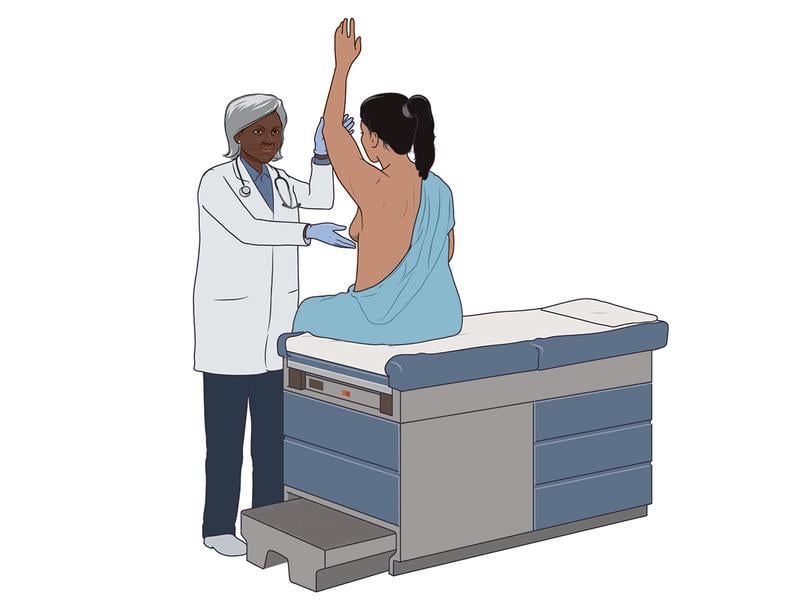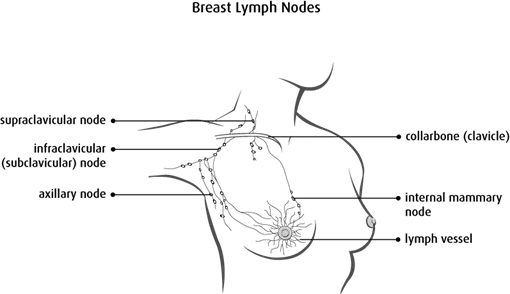This is how the AI article summary could look. Lorem ipsum dolor sit amet, consectetur adipiscing elit, sed do eiusmod tempor incididunt ut labore et dolore magna aliqua. Ut enim ad minim veniam, quis nostrud exercitation ullamco laboris nisi ut aliquip ex ea commodo consequat.
How to perform a breast examination – a simple medical student guide
Start
- Wash hands
- Introduce yourself and include your role
- Ensure you have the correct patient, and they understand what will be happening and if they consent
- You MUST have a female chaperone
- Ask the patient to undress and step out if needed
- Position the patient upright and on the side of the bed.
Examination
- Ask the patient to put their hands on their hips to inspect: masses, asymmetry, nipple abnormalities, scars
- Repeat the same inspection but ask the patient to put their hands on the back of their head and to lean forward
- Again, repeat but with the patient holding their hips and sitting upright
- Adjust the bed to 45° and ask the patient to lie down (or stay face to face)
- Begin palpating in a systemic approach where you move clockwise pressing and in a spiral motion, and cover all 4 quadrants of the breast.

Some doctors prefer to examine the patient in this way. This is partly as it ‘opens up’ the axilla to make it easier to feel for nodes there. If the patient puts their hand on your shoulder with a partially bent arm, this is more relaxing for them.
Finishing off
- Follow up by palpating up the axillary tail towards the armpit
- Squeeze and press the nipples – to check for any discharge
- Examine axillary, cervical, infraclavicular, supraclavicular and internal mammary (parasternal) lymph nodes (see below)
- Explain to the patient that the examination is now finished, and they can get dressed. If anything has been found, inform the patient that further tests will have to be done.

If a mass is ever found you must assess the size, shape, mobility, location and skin changes.
Other resources
Health professionals
How to perform a breast examination (Dr James Gill video)
Patients
How to check for breast cancer and what a lump feels like (Patient.info)
A guide to examining your breasts (NHS England) – good pictures.
How to examine your own breasts (BBC video). You can use this to teach patients how to examine the breasts.

